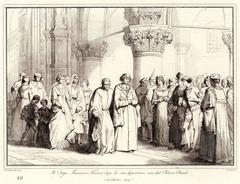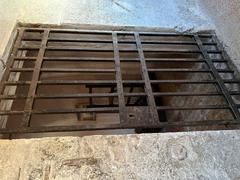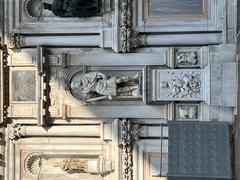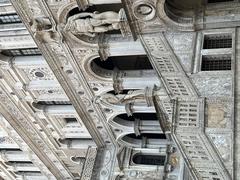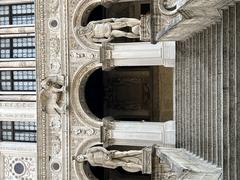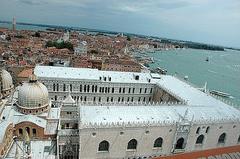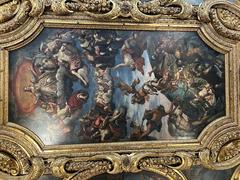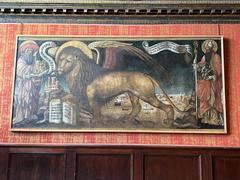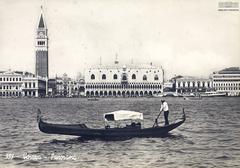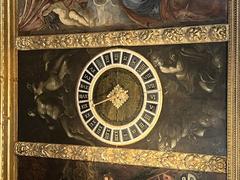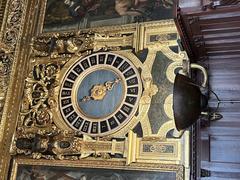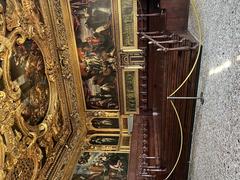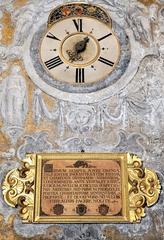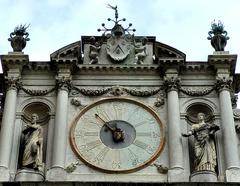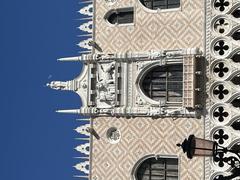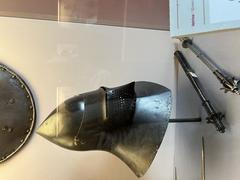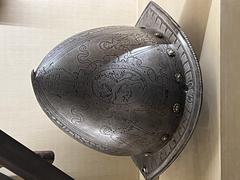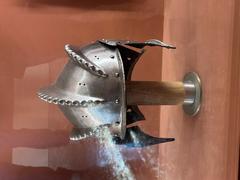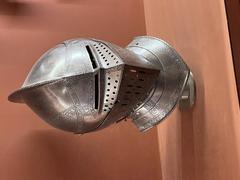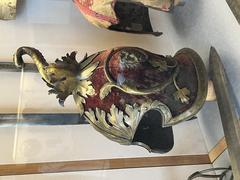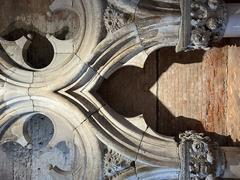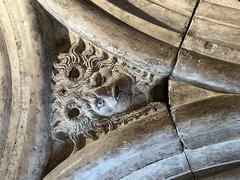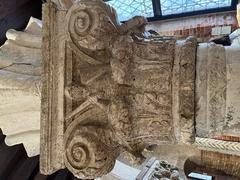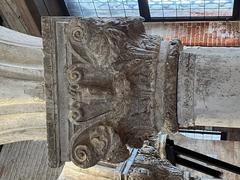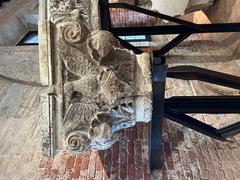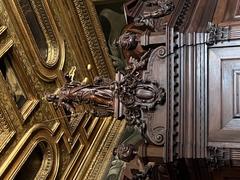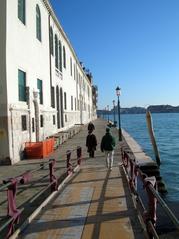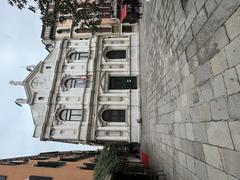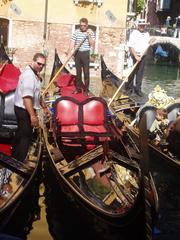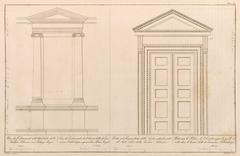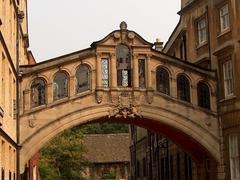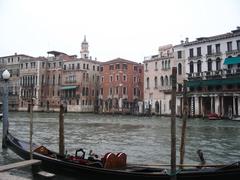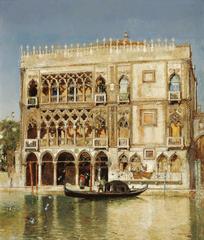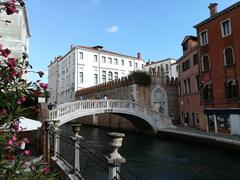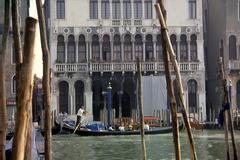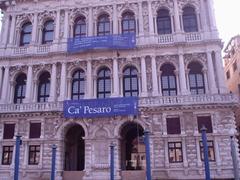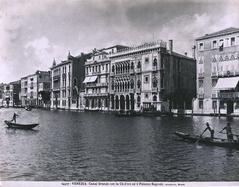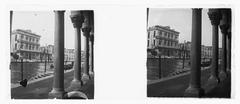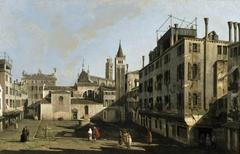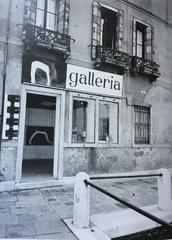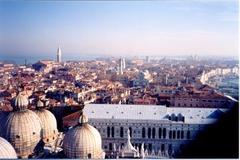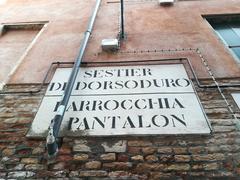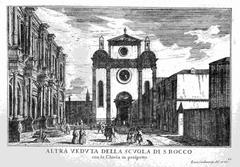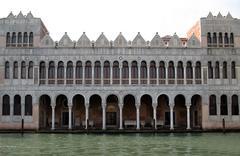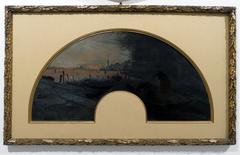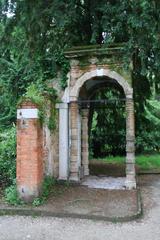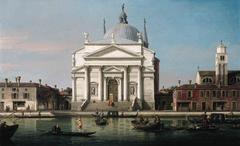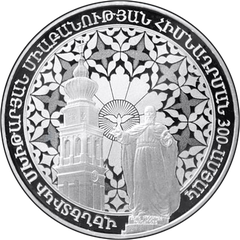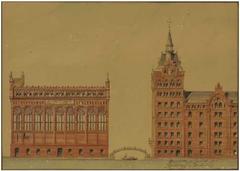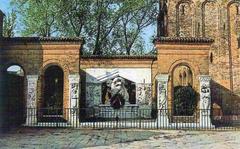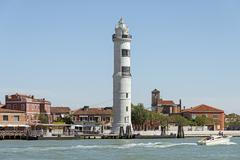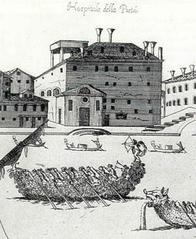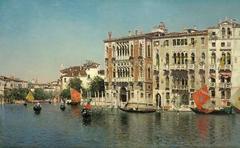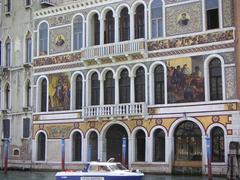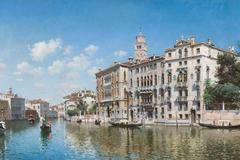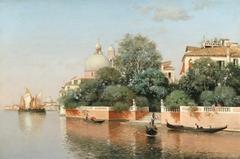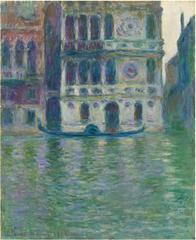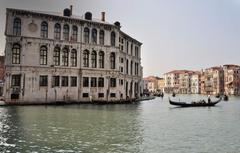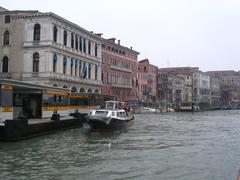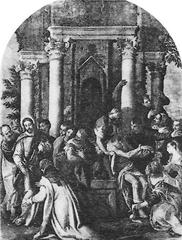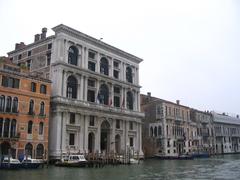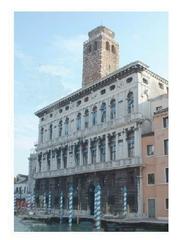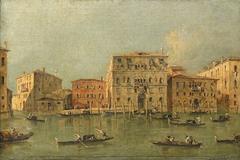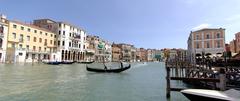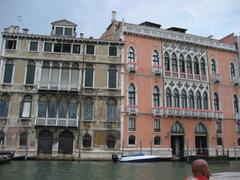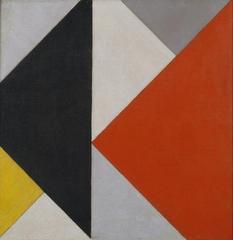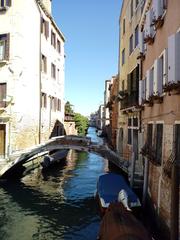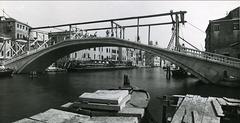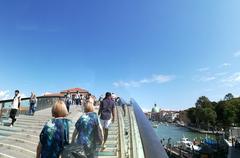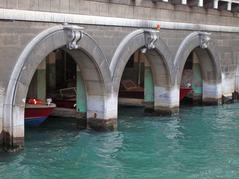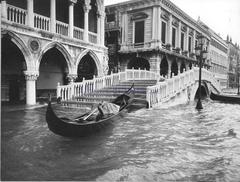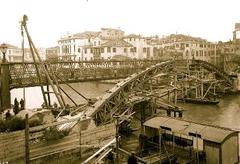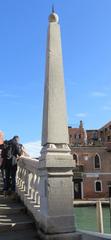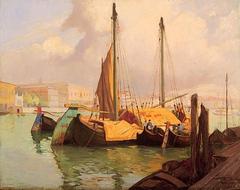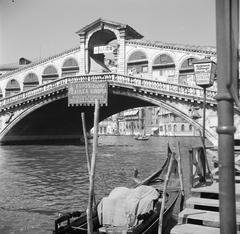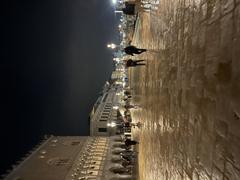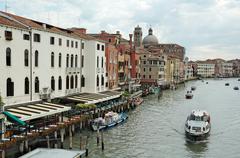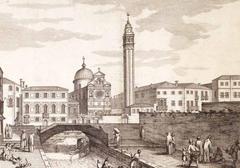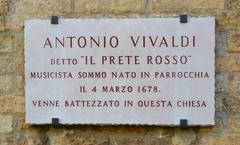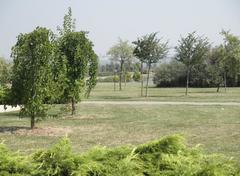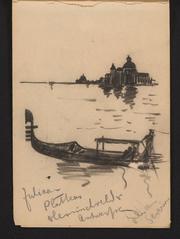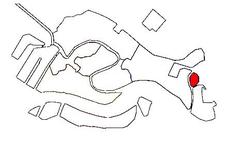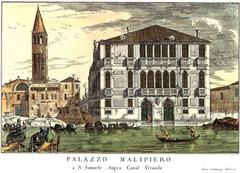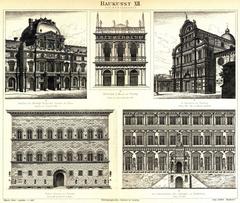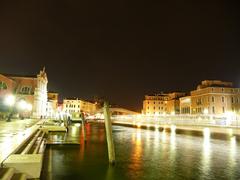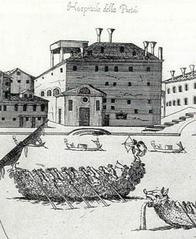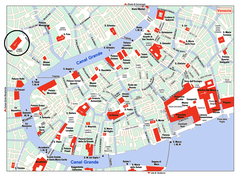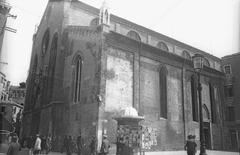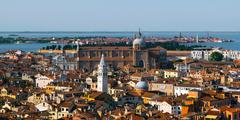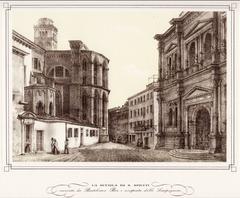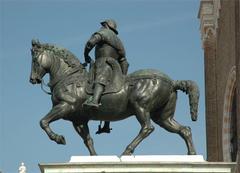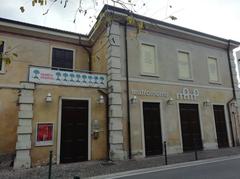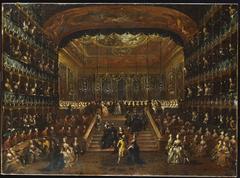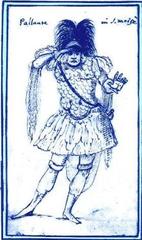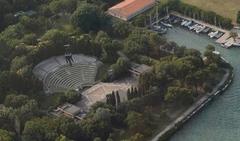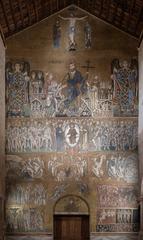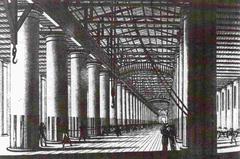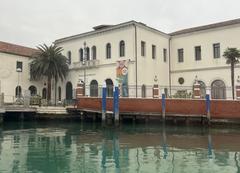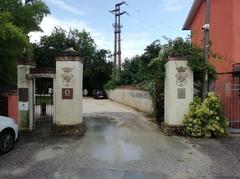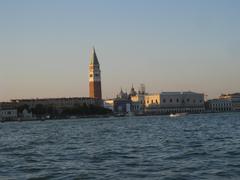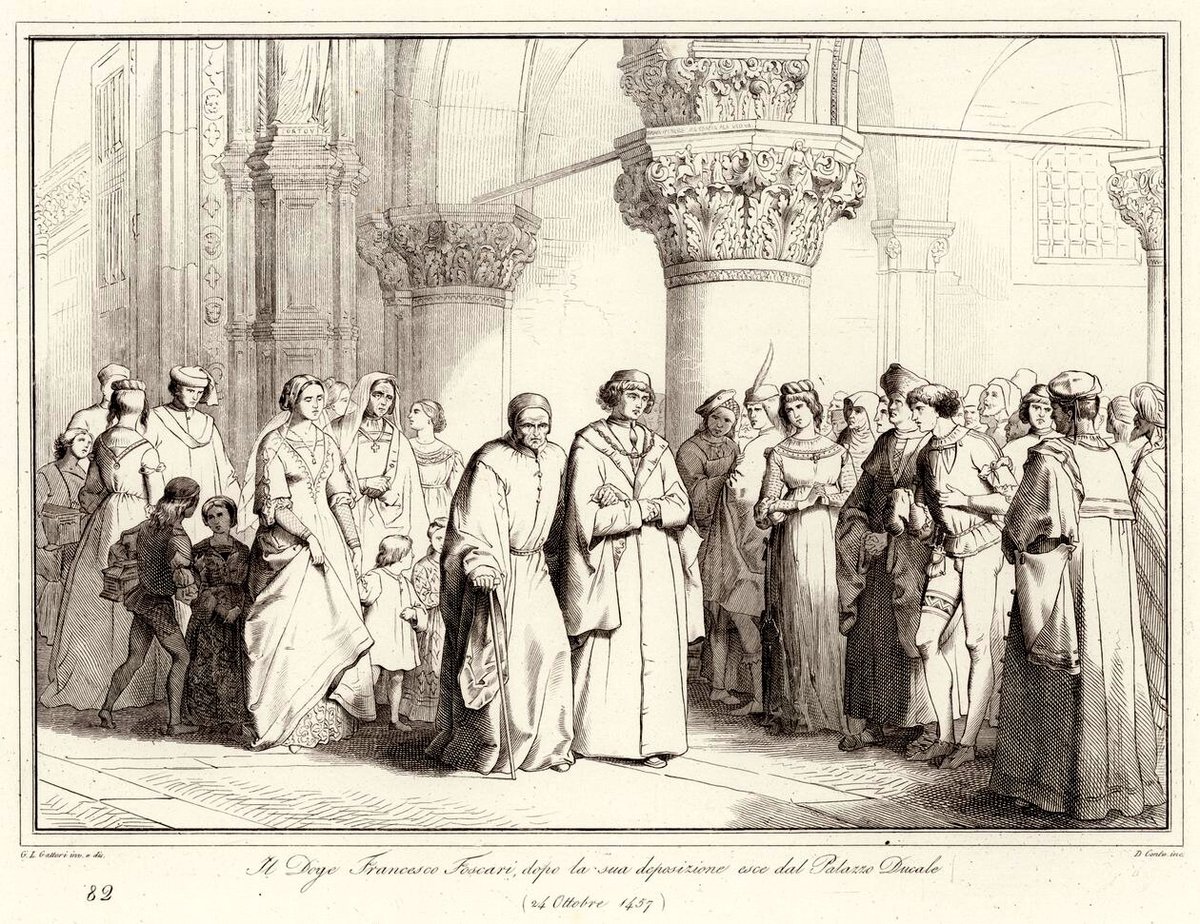
Visiting Palazzo Ducale in Venice: Hours, Tickets, and Tips
Date: 17/07/2024
Introduction
The Palazzo Ducale, or Doge’s Palace, stands as a compelling testament to the grandeur and complexity of Venice’s history. This iconic structure, which served as the heart of Venetian governance for centuries, is a marvel of architectural fusion, blending Gothic, Byzantine, and Renaissance styles. Originally constructed in the 9th century, the palace has undergone numerous transformations, each reflecting Venice’s evolving artistic and political landscape. (Official Palazzo Ducale Website)
Visitors to the Palazzo Ducale are transported back in time, exploring grand chambers, artistic masterpieces, and even the infamous dungeons accessible via the Bridge of Sighs. Whether you’re an art aficionado, a history enthusiast, or simply a curious traveler, the Palazzo Ducale promises a captivating journey through the rich tapestry of Venice’s heritage.
Historical Significance of Palazzo Ducale
The Palazzo Ducale served as the heart of Venetian governance, a symbol of its power, and a masterpiece of Venetian art and architecture.
Seat of Venetian Power - The Doge and the Republic
From the 9th century, Venice emerged as a maritime power, its influence stretching across the Mediterranean. The Doge, elected for life, held supreme authority, and the Palazzo Ducale became the physical embodiment of his and the Republic’s power.
- The Doge’s Residence: While not a monarch, the Doge lived a life of grandeur and responsibility within the palace walls. His apartments, lavishly decorated, reflected the opulence associated with the office.
- Center of Government: The palace housed the Great Council, the Senate, and other governing bodies. Here, laws were debated, policies formulated, and justice administered, shaping the destiny of Venice and its vast empire.
- Symbol of Authority: The palace’s imposing façade, overlooking the Piazza San Marco and the lagoon, projected an image of strength and stability. Its architecture, a blend of Byzantine, Gothic, and Renaissance styles, reflected Venice’s cosmopolitan nature and its position at the crossroads of East and West.
A Turbulent History - Fires, Revolts, and Transformations
The Palazzo Ducale’s history is intertwined with the triumphs and tribulations of Venice itself.
- Early Structures and Fires: The original palace, built in the 9th century, was a fortified castle. Over the centuries, fires ravaged the structure, leading to multiple reconstructions and expansions, each reflecting the prevailing architectural styles of the time.
- Political Upheavals: The palace witnessed periods of political instability, including revolts and conspiracies. The infamous dungeons, accessible through the Bridge of Sighs, held prisoners accused of treason and other crimes against the state.
- The Fall of the Republic: In 1797, Napoleon’s conquest of Venice marked the end of the Republic. The Palazzo Ducale, stripped of its political function, became a museum under Austrian and later Italian rule.
Architectural Marvel - A Fusion of Styles and Symbolism
The Palazzo Ducale’s architecture is a unique blend of styles, reflecting Venice’s diverse cultural influences and its evolving artistic tastes.
- Byzantine Influences: The palace’s earliest elements, visible in the ground floor arcade and some interior decorations, reflect Venice’s close ties with the Byzantine Empire.
- Venetian Gothic Flourish: The iconic façade facing the lagoon, with its delicate tracery, pointed arches, and pink and white marble, exemplifies the Venetian Gothic style, a unique blend of Gothic and Byzantine elements.
- Renaissance Additions: Later additions, such as the elegant courtyard and the Sansovino staircase, showcase the influence of the Renaissance, characterized by classical proportions and ornamentation.
- Symbolic Decoration: The palace’s sculptures, paintings, and decorative elements are not merely aesthetic but carry profound symbolic meaning. They depict biblical scenes, allegorical figures, and historical events, celebrating Venetian power, justice, and the virtues of its rulers.
Visitor Information
Visiting Hours and Tickets
The Palazzo Ducale is open daily, with visiting hours typically from 8:30 AM to 7:00 PM, though hours may vary seasonally. Tickets can be purchased online or at the entrance, with prices ranging from €25 for adults to discounted rates for children, students, and seniors. (Ticket Information)
Travel Tips
- Best Times to Visit: Early morning or late afternoon to avoid peak crowds.
- Getting There: Easily accessible by vaporetto (water bus) to the San Marco stop or by walking from nearby attractions.
- Practical Tips: Wear comfortable shoes for extensive walking and check the weather forecast as some areas are open to the elements.
Nearby Attractions
- St. Mark’s Basilica: Adjacent to the palace, a stunning example of Italo-Byzantine architecture.
- Rialto Bridge: A short walk away, offering picturesque views of the Grand Canal.
- Correr Museum: Located in Piazza San Marco, showcasing Venetian history and art.
Accessibility
The Palazzo Ducale is committed to accessibility, offering ramps and elevators for visitors with disabilities. However, some areas may still be challenging due to the historic nature of the building. (Accessibility Information)
FAQ Section
- What are the best times to visit Palazzo Ducale? Early morning or late afternoon to avoid crowds.
- Are there guided tours available? Yes, guided tours are available in multiple languages and can be booked online or at the ticket office.
Conclusion
In summary, the Palazzo Ducale is a must-visit landmark that offers a deep dive into Venice’s rich history and architectural splendor. Whether you’re exploring its grand chambers or delving into its past, the palace promises an unforgettable experience. For more information and updates, consider downloading the Audiala app or following us on social media. (Exploring Palazzo Ducale - A Guide to Venice’s Iconic Landmark)
Visuals and Media
(Insert high-quality images with appropriate alt tags)
